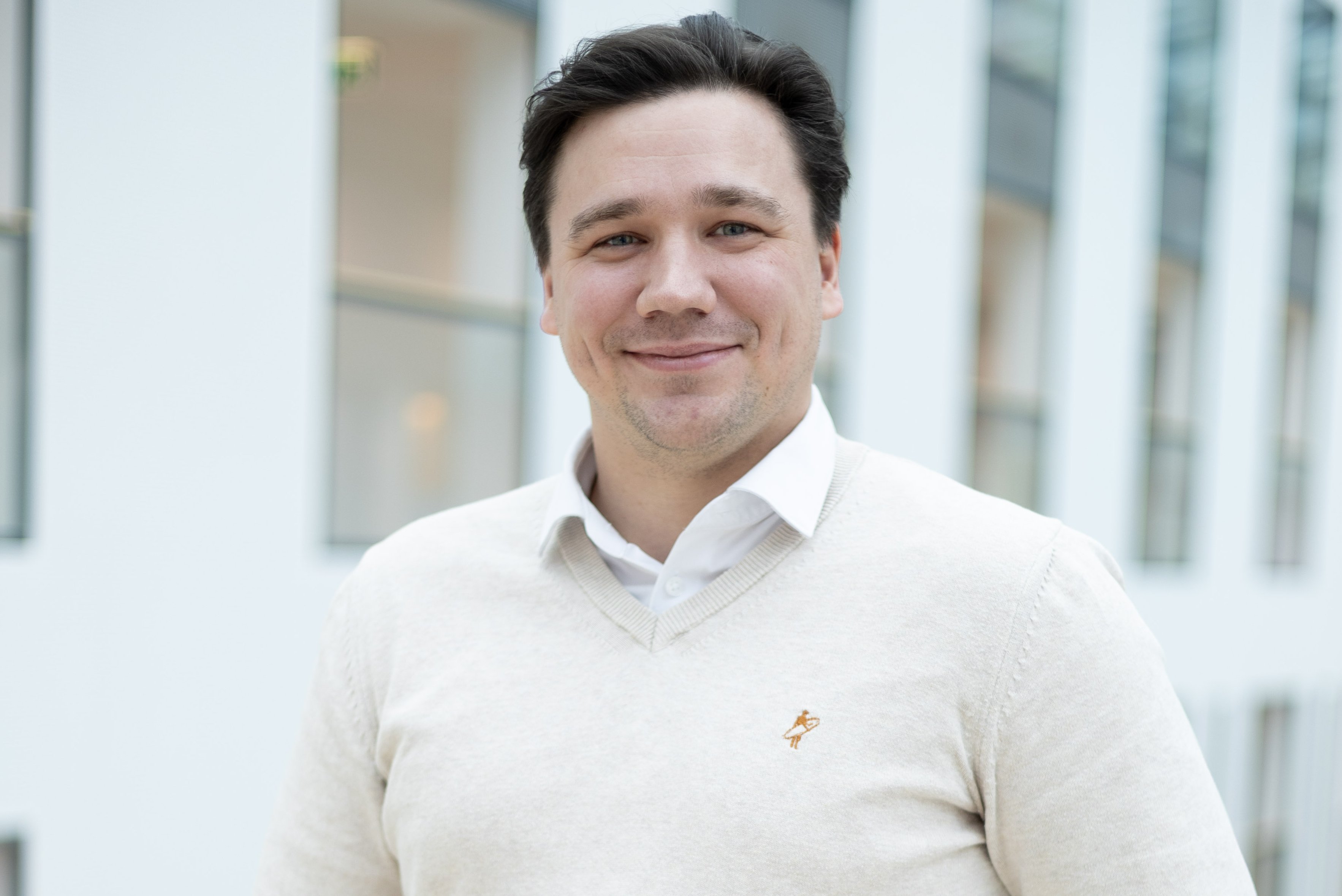
(Vienna, 13 October 2025) Benedikt Sagl, Head of the Competence Center AI in Dentistry at the University Clinic of Dentistry, Medical University of Vienna, and Principal Investigator at the Comprehensive Center for AI in Medicine, has received a research grant from the Austrian Science Fund (FWF). His project aims to develop digital twins of the temporomandibular joint (TMJ) to explore sex-specific differences in temporomandibular disorders (TMD). The research seeks to clarify why these disorders are more common in women and to provide a foundation for more personalized diagnostic and treatment approaches.
Temporomandibular disorders (TMD) are a common cause of orofacial pain and frequently co-occur with headaches. They often begin in early adulthood, impair core daily functions such as eating and speaking, and can lead to long, costly treatment journeys. Funded by the Austrian Science Fund (FWF) with €456,290 and led by Benedikt Sagl, the project addresses this challenge and lays the groundwork for more targeted, person-centered care.
At its core is a clear question: can subtle differences in jaw-joint shape between females and males change how forces act during chewing and thereby increase the risk of pain? If the “hinge” between skull and lower jaw is shaped a little differently, load distribution changes. The team will make this shape–loading interplay visible and link it to symptoms. In doing so, the work addresses a key gap in women’s and sex-specific health and brings biomechanical insight into everyday dental care.
Methodologically, the project uses two enablers: Reduced-Coordinate Modeling for fast, person-specific simulations and Reinforcement Learning to control the chewing muscles in the model, without invasive measurements. This allows practical, real-world “what-if” checks, for example, how different movement patterns or care strategies might influence joint loading. The resulting digital jaw twins provide an intuitive, data-driven understanding that benefits research and teaching as well as clinical decision-making.
The goal is to identify clear, nameable features of joint shape that are associated with higher loading. The outcome can be a plain-language early-warning aid for clinical practice: if such features are present, a closer examination is warranted and treatment should be tailored to the individual situation rather than applied by routine. The public benefit is earlier detection, more targeted therapy and fewer unnecessary procedures. Patient education and counselling can also be strengthened.